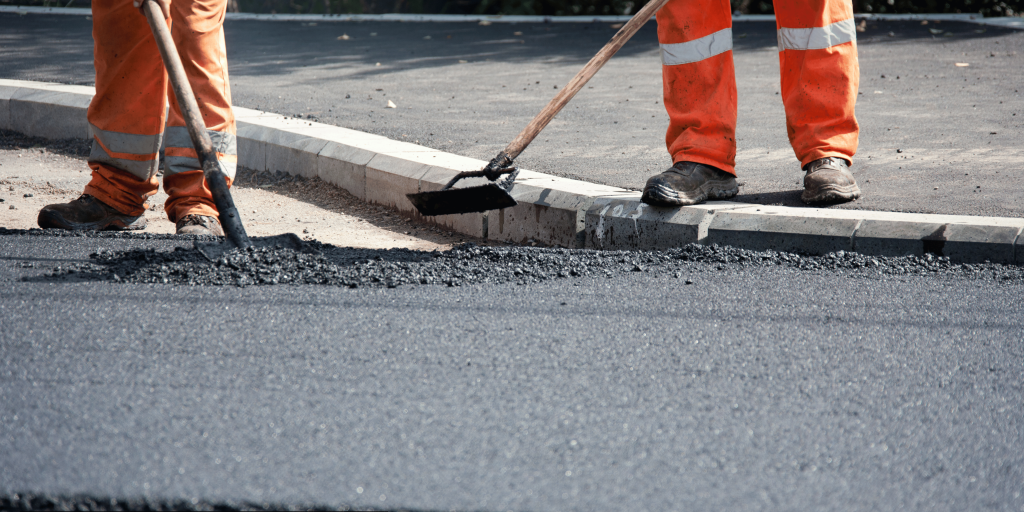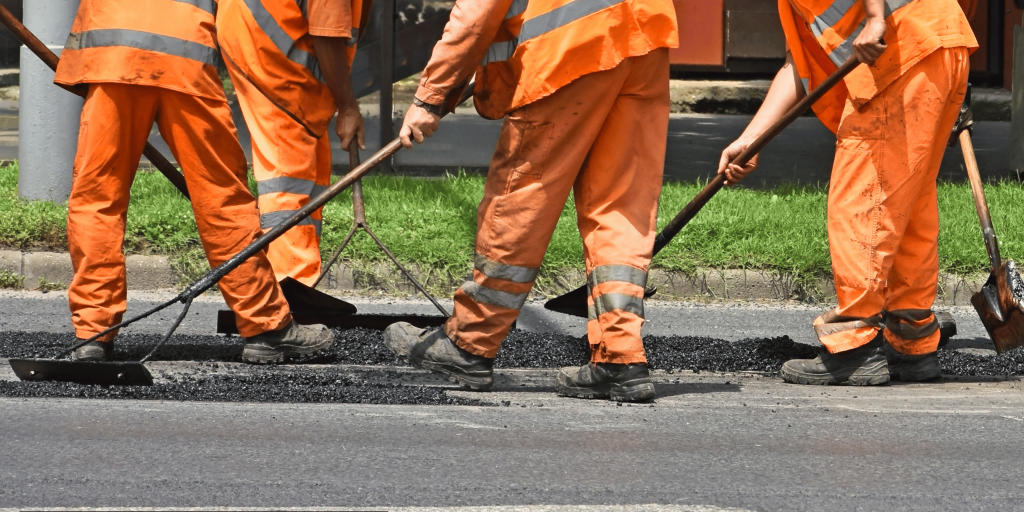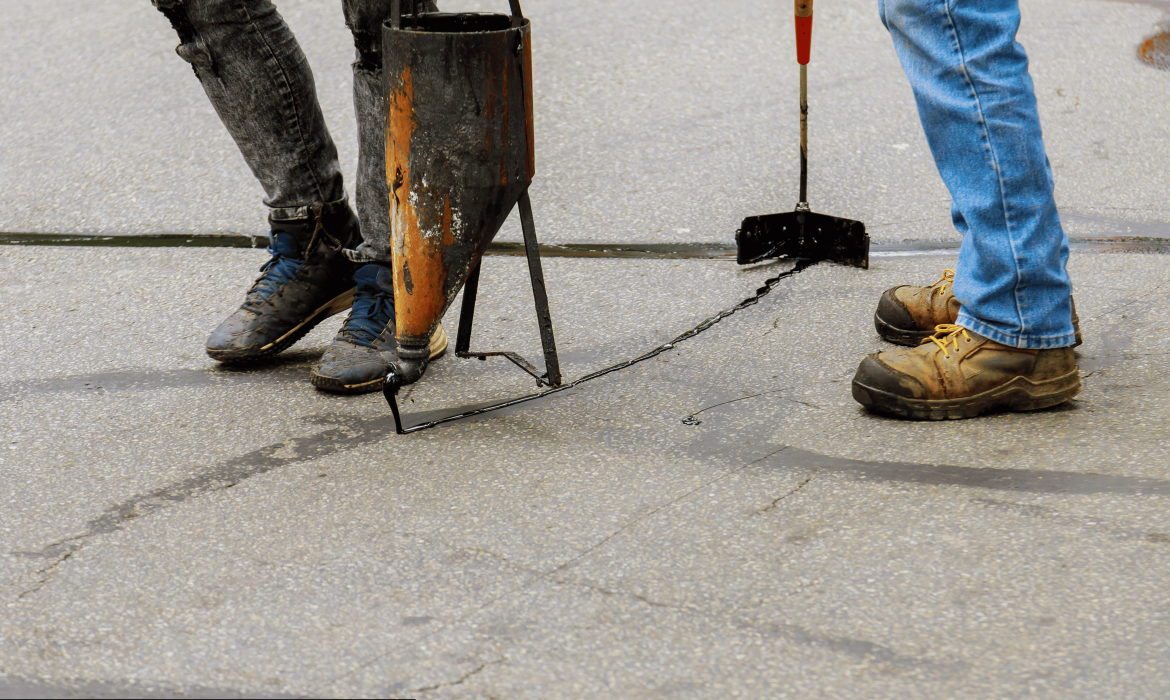Introduction
It is essential to understand that sealcoating is one of the crucial maintenance measures needed in asphalt pavement. Sealcoating entails placing a layer over the asphalt, providing an extra barrier against oxidation and water that is destructive to the pavement. This, in turn, increases the lifespan of the asphalt. It is important, however, not to apply the sealcoat too early before the material is set correctly, or too late before it is covered by traffic. Using a sealcoat at the appropriate time can save millions of dollars in the overall costs of pavement maintenance.
Below are seven critical sealcoating statistics that substantiate its importance:
1. Sealcoating extends the value of the asphalt by 4 to 6 years.
Asphalt pavement, sealcoated every 3 to 5 years, is more durable than unsealed asphalt pavement because sealcoating will add 4 to 6 years to the life of the asphalt. Asphalt contains oil compounds that can be weakened by water and UV rays, and this coating offers needed protection. These preservation actions result in fewer potholes and cracks, and less roughness.

2. Sealcoating, by far, stops oxidation in 75% of the cases.
When the asphalt is exposed to the air, sun, and water, rendering the pavement surface brittle and liable to crack, it has been proven that even for half a month of oxidation, the amount of loss in flexibility can reach 40%. Sealcoating creates a layer that shields the surface against degradation from the sun, which is equivalent to 75 percent of unprotected asphalt.
3. Sealcoating means that the long-term costs will be cut by more than 75% if the proper coating is applied and maintained.
Even though a small initial cost is incurred in sealcoating, you can gain considerable long-term cost savings since pavement is made to last longer. The average service life of an unsealed parking lot is approximately ten years. However, if the sealcoating of the lot is done every five years, then the lot is expected to last 17 to 21 years. During that lifespan, sealcoating has been shown to reduce costs by more than 75% compared to not sealing the pavement at all.
4. Sealcoating effectively eliminates 90% of UV problems.
Ordinary ultraviolet light from the sun will attack the chemical composition of asphalt and make a sizable impact. Researchers believe that sealcoating reduces up to 90% of UV impacts, which would make the asphalt brittle, faded, and cracked. The logic is simple: less UV light means the pavement will last longer.
5. Sealcoating is the process of sealing the pavement’s surface to minimize water penetration, which is reduced by 85%.
Asphalt, which is used in parking lots, will allow water to penetrate through and cause deterioration through freeze/thaw cycles in cold regions. Sealcoating provides a shield that hinders water from penetrating through the surface by up to 85 percent, if compared to open asphalt. This helps to ensure that water does not infiltrate the pavement and cause deterioration of the surface.
6. Sealcoating makes the asphalt much stiffer by a margin of over 40%.
Because unsealed asphalt is not as rigid as sealed asphalt, after a few years, it is more prone to rutting under the weight of vehicles. Sealcoating protects the oil binder associated with asphalt so as to retain the strength and waterproofing properties of the surface. Literature indicates that with seal-coated pavement, the stiffness is more than 40% higher than unsealed pavement at the expiration of the pavement’s useful life.

7. Sealcoating can save up to 90 percent of the lifetime cost per square foot by ensuring that it does not deteriorate rapidly.
Repair costs are calculated over a period of time and then compared to the total costs of sealcoating, indicating considerable savings in terms of the lifetime cost per square footage. The cost of sealed asphalt over the lifespan of 20 years, for every square foot, is approximately $2. The cost for unsealed asphalt is much higher, at $20 for each square foot. If the sealing is not done properly, it will cost a lot of money to repair the pavements after some time, however.
Conclusion
Sealcoating asphalt is one of the most cost-effective and profitable maintenance tasks property managers can embark on, and it should be done periodically. The initial economic outlay is insignificant when compared with the benefits reaped from sealcoating by increasing the pavement’s useful life, decreasing the extent of oxidation and deterioration, and minimizing the overall cost of asset ownership. It is advisable to seek advice from an asphalt maintenance professional. Sealcoating is another area where more spending initially means actual cost savings later on.

